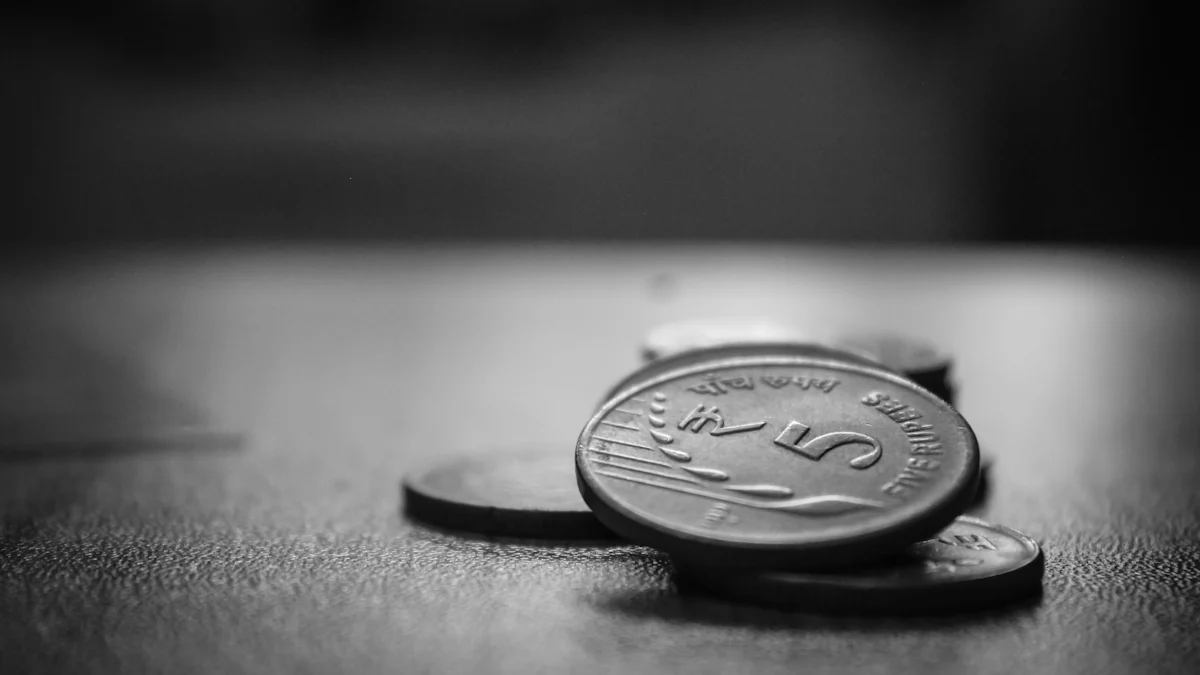Credit Cards for Bad Credit The Good and the Bad

Credit Cards for Bad Credit The Good and the Bad
Image Source: pexels
If you’ve got bad credit, you might wonder if credit cards are worth it. They can help you rebuild your credit, but they also come with risks. Choosing wisely, like looking for low interest credit cards for bad credit, can make a big difference. It’s all about using them responsibly to improve your financial health.
Key Takeaways
-
Using a credit card wisely can fix your credit score. Pay on time and keep balances small to show lenders you are responsible.
-
Credit cards give fast money during emergencies. They help with surprise costs and make tough times easier.
- Pay your full balance every month to skip big interest fees. This keeps your credit use low and boosts your credit score.
The Good: Benefits of Using Credit Cards for Bad Credit
Opportunity to Rebuild Credit
Using a credit card responsibly can help you rebuild your credit score. When you make on-time payments and keep your balance low, credit bureaus take notice. Over time, this positive activity can improve your creditworthiness. Many credit cards for bad credit report to major credit bureaus, giving you the chance to show lenders that you’re financially responsible.
Access to Credit for Emergencies
Life throws curveballs, and sometimes you need quick access to funds. Credit cards can act as a safety net during emergencies. According to Bankrate, 33% of Americans rely on credit cards when they don’t have enough savings. Whether it’s a sudden car repair or an unexpected medical bill, having a credit card can make a stressful situation more manageable.
"Generally, I define a financial emergency as something that could significantly impact your well-being if you weren’t able to pay for it right away… that could look like a necessary home repair, like if your plumbing breaks and you need access to water."
Fraud Protection and Security
Credit cards offer robust fraud protection. If someone steals your card or uses your information online, most companies will cover the fraudulent charges. Common protections include safeguards against card-not-present fraud, account takeovers, and skimming devices. These features make credit cards a safer option compared to cash or debit cards.
Rewards and Perks for Bad Credit Cards
Some credit cards for bad credit come with perks like cashback or discounts. While these rewards may not be as generous as premium cards, they’re still a nice bonus. Plus, using a card with rewards encourages you to spend wisely and pay off your balance to maximize benefits.
Learning Financial Discipline
Using a credit card teaches you how to manage money better. You’ll learn to budget, track expenses, and prioritize payments. These habits not only help you rebuild your credit but also set you up for long-term financial success.
The Bad: Risks of Using Credit Cards for Bad Credit

Image Source: pexels
High Interest Rates and Fees
Credit cards for bad credit often come with steep costs. The average APR for these cards is a whopping 27.70%, which means carrying a balance can quickly become expensive. On top of that, you might face fees like annual charges ranging from $50 to over $500, late payment fees up to $41, and even balance transfer fees of 3% to 5%. These costs can add up fast, making it harder to manage your finances.
Risk of Accumulating More Debt
If you’re not careful, credit cards can lead to a cycle of debt. High interest rates make it easy for balances to grow, especially if you only make minimum payments. Before you know it, you could owe more than you can afford to pay back. This can create a financial burden that’s tough to escape.
Potential for Credit Score Damage
Missing payments can hurt your credit score. If you’re late by 30 days, it gets reported to credit bureaus and lowers your score. The longer you delay, the worse it gets. For example:
-
At 30 days late, your score takes a hit.
-
At 60 days, the damage increases, and your interest rates might rise.
- At 120 days, your account could go to collections, causing serious harm to your credit.
Limited Credit Limits and Restrictions
Credit cards for bad credit often come with low limits, sometimes as little as $200. While this can help you avoid overspending, it also limits your purchasing power. Some cards may also have restrictions, like requiring a security deposit or charging monthly maintenance fees.
Temptation to Overspend
Credit cards can make it easy to overspend. Swiping a card doesn’t feel the same as handing over cash, so you might not realize how much you’re spending. Psychological factors, like the dopamine rush from buying something new, can also play a role. To avoid this, try strategies like the 72-hour rule —wait three days before making a purchase to see if you really need it. Tracking your spending and setting a lower credit limit can also help you stay in control.
How to Use Credit Cards Responsibly with Bad Credit
Pay Your Balance in Full Each Month
Paying off your credit card balance in full every month is one of the smartest financial habits you can develop. It helps you avoid costly interest charges, which can quickly add up due to high APR rates. Plus, it keeps your credit utilization low, which is a key factor in improving your credit score. By maintaining a debt-to-credit ratio below 30%, you show lenders that you’re responsible with credit. Paying in full also ensures you’re not carrying debt into the next month, giving you peace of mind and financial freedom.
Keep Your Credit Utilization Low
Your credit utilization ratio plays a big role in your credit score. Ideally, you should aim to keep it in the single digits—around 1% is considered optimal. This means using only a small portion of your available credit. For example, if your credit limit is $500, try to keep your balance below $50. Tools like Chase Credit Journey can help you monitor your utilization and credit score. They even offer alerts for changes in your credit report, so you can stay on top of your financial health.
Avoid Applying for Too Many Cards
Applying for multiple credit cards in a short period can hurt your credit score. Each application results in a hard inquiry, which temporarily lowers your score. Lenders may also see you as a risky borrower if you open too many accounts at once. To protect your credit, space out your applications and focus on finding low interest credit cards for bad credit that meet your needs. This approach not only safeguards your score but also helps you avoid unnecessary fees and complications.
Monitor Your Credit Report Regularly
Keeping an eye on your credit report is essential when you’re working to rebuild your credit. Regular monitoring helps you spot errors or fraudulent activity that could harm your score. Many tools, like Chase Credit Journey, let you check your credit score for free—even if you don’t have an account with them. These services also provide identity monitoring for added security. By staying informed, you can take action quickly if something looks off.
Choose Low Interest Credit Cards for Bad Credit
When selecting a credit card, prioritize those with low interest rates. Low interest credit cards for bad credit can save you money if you ever need to carry a balance. Look for cards with minimal fees and straightforward terms. Some cards even offer rewards or perks, making them a better choice for your financial goals. Remember, the right card can make a big difference in your journey to rebuild credit.
Credit cards for bad credit can be both helpful and risky. They give you a chance to rebuild your credit, but only if you use them wisely. Focus on paying on time and keeping balances low. By understanding the pros and cons, you’ll make smarter choices and take control of your financial future.
Tip: Always review your credit card terms carefully. Small details can make a big difference!
FAQ
What’s the best way to choose a credit card for bad credit?
Look for cards with low fees, reasonable interest rates, and credit-building features. Compare options carefully to find one that fits your financial goals.
Can using a credit card for bad credit actually hurt my score?
Yes, if you miss payments or max out your card. Staying disciplined with payments and balances helps you avoid damaging your credit score.
How long does it take to rebuild credit with a credit card?
It depends on your habits. Consistent on-time payments and low balances can improve your score in as little as six months.
Tip: Patience is key! Building credit takes time, but small, consistent steps lead to big improvements.